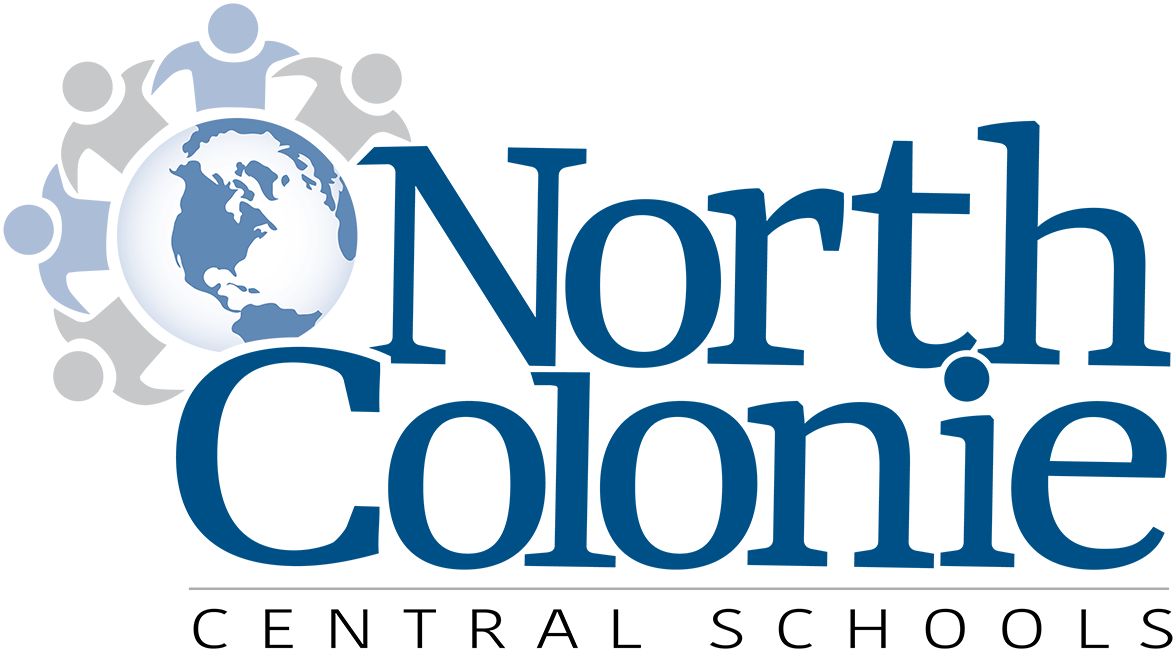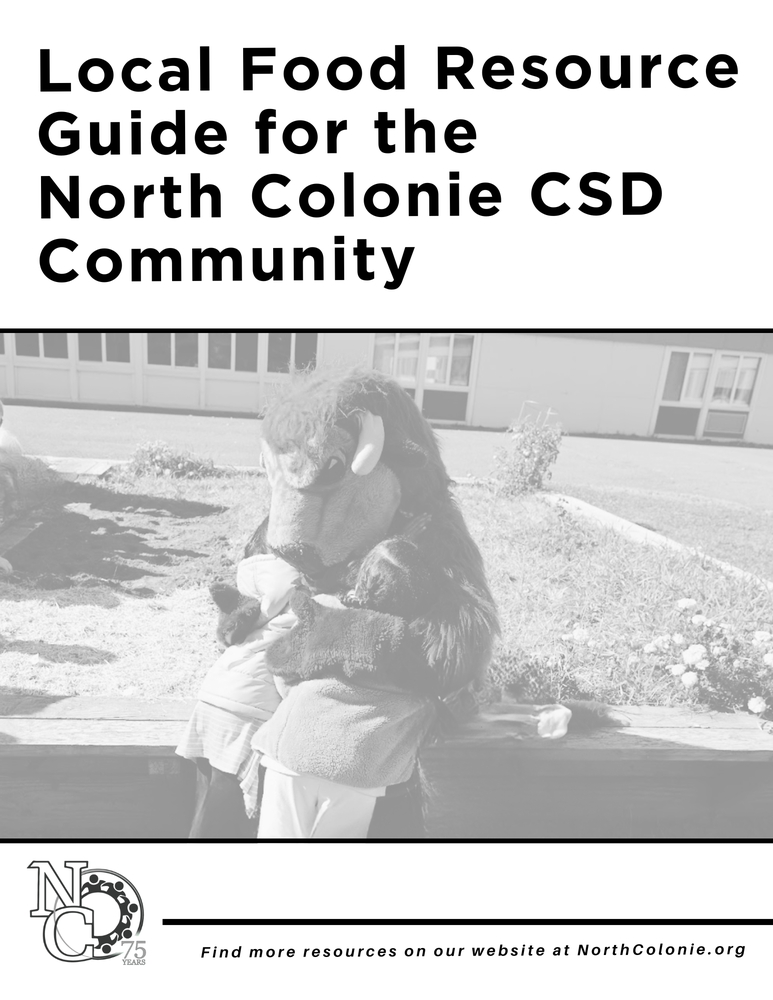With the ongoing government shutdown and potential reductions in food service programs, we know there might be concern about how this impacts some of our families when it comes to food security and access to healthy food.
To assist with this urgent need, we have created a Local Food Resource Guide for the NCCSD Community to provide information about local food access points and additional resources available to anyone who may need help during this time. You may request a printed copy of this guide by contacting our District Office or your child’s school building.
As a reminder, backpack programs exist in all eight of our school buildings and can assist families with food needs on a weekly basis. Our district also offers universal free meals with all students eligible for free breakfast and lunch everyday at school. Please take advantage of these services. If you have any immediate concerns, please contact your school and speak to your child’s school counselor.
For more information on SNAP benefits, visit the Office of Temporary and Disability Assistance.
For food pantries in the Albany County area, please visit the county website. For additional food pantries throughout the Capital Region, visit map.thefoodpantries.org.
If you are in need of resources in addition to food, the North Colonie Family Support Services confidential survey is available on our website or can be filled out in-person at the North Colonie District Office at 91 Fiddlers Lane in Latham, NY.
View a printable PDF of the guide on our website here.
Update: NCCSD to Host Community Food Drive on Saturday, Nov. 15
November 6, 2025
Calling all community members! North Colonie CSD is hosting a community food drive on Saturday, November 15th from 8 a.m.- 12 p.m. at Central Office (91 Fiddlers Lane). We need your help to support our district students and families in need! All donations of non-perishable food items will be used to support the backpack programs at each of our eight school buildings. Below is a list of most needed items:
Protein Sources
Canned beans (black, pinto, kidney, chickpeas)
Peanut butter and other nut butters
Canned or shelf-stable packs of tuna, salmon, and chicken
Canned or dried lentils
Shelf-stable milk or milk alternatives
Grains and Starches
Rice (white and brown)
Pasta
Oatmeal and other cereals
Whole-grain crackers
Quinoa or other whole grains
Canned Vegetables and Fruits
Low-sodium canned vegetables (corn, green beans, tomatoes, mixed vegetables)
Canned fruits in juice (not syrup)
Tomato sauce and paste
Cooking Essentials
Cooking oil (vegetable, olive, or canola)
Salt, pepper, and basic spices
Flour and sugar
Broth or bouillon cubes
Additional Nutritious Items
Canned soups and stews
Nutritious snacks like granola bars or trail mix
Goldfish, pretzels or other individually wrapped snacks
Shelf-stable juice boxes
Personal Items
Toothbrushes and toothpaste
Soap or body wash
Deodorant
Tissues
Paper towels and toilet paper

